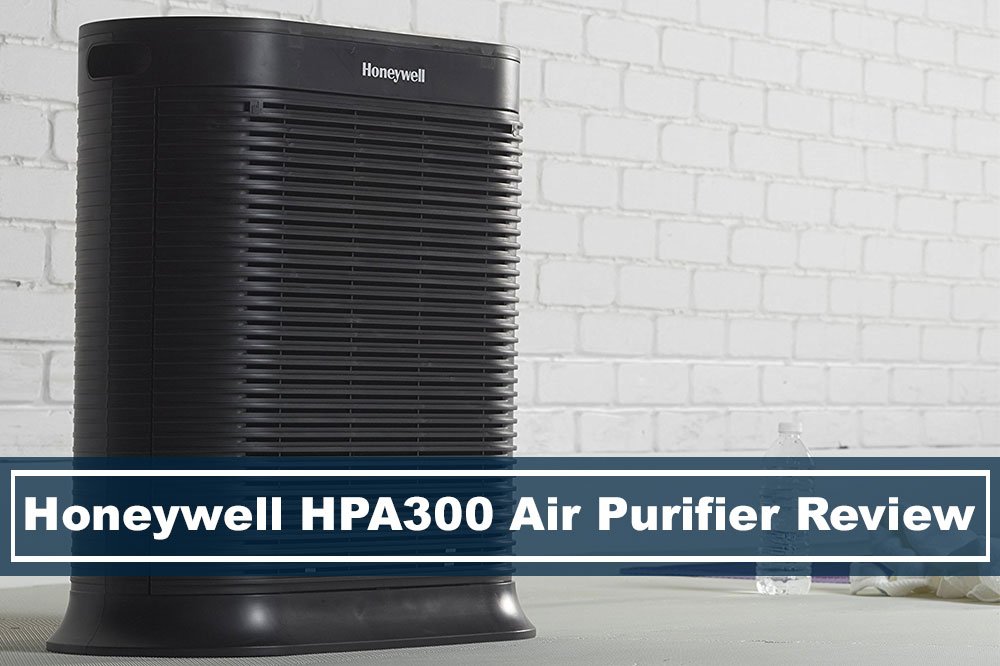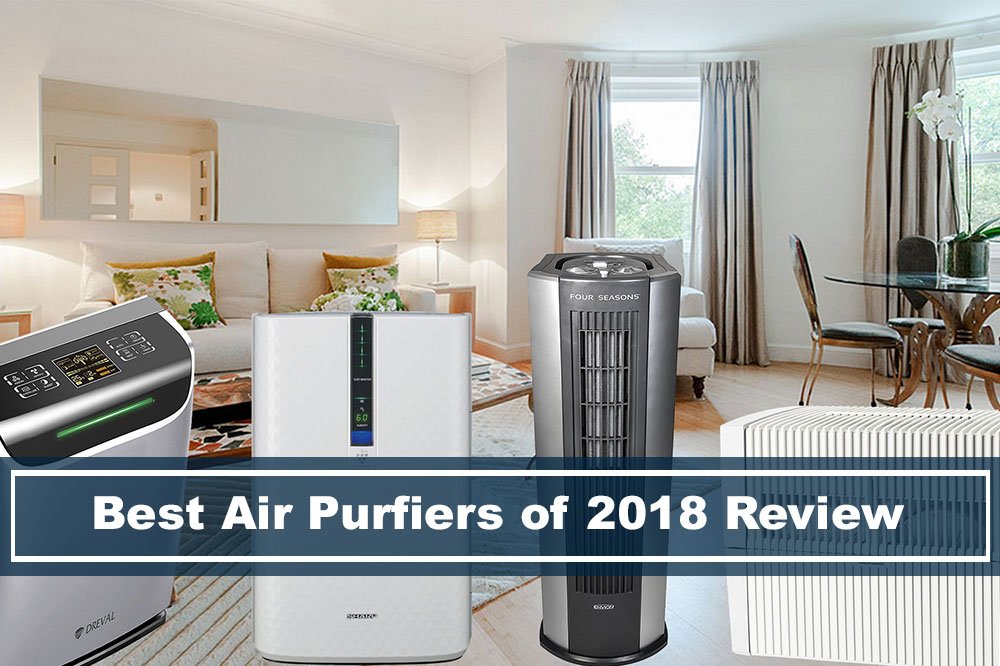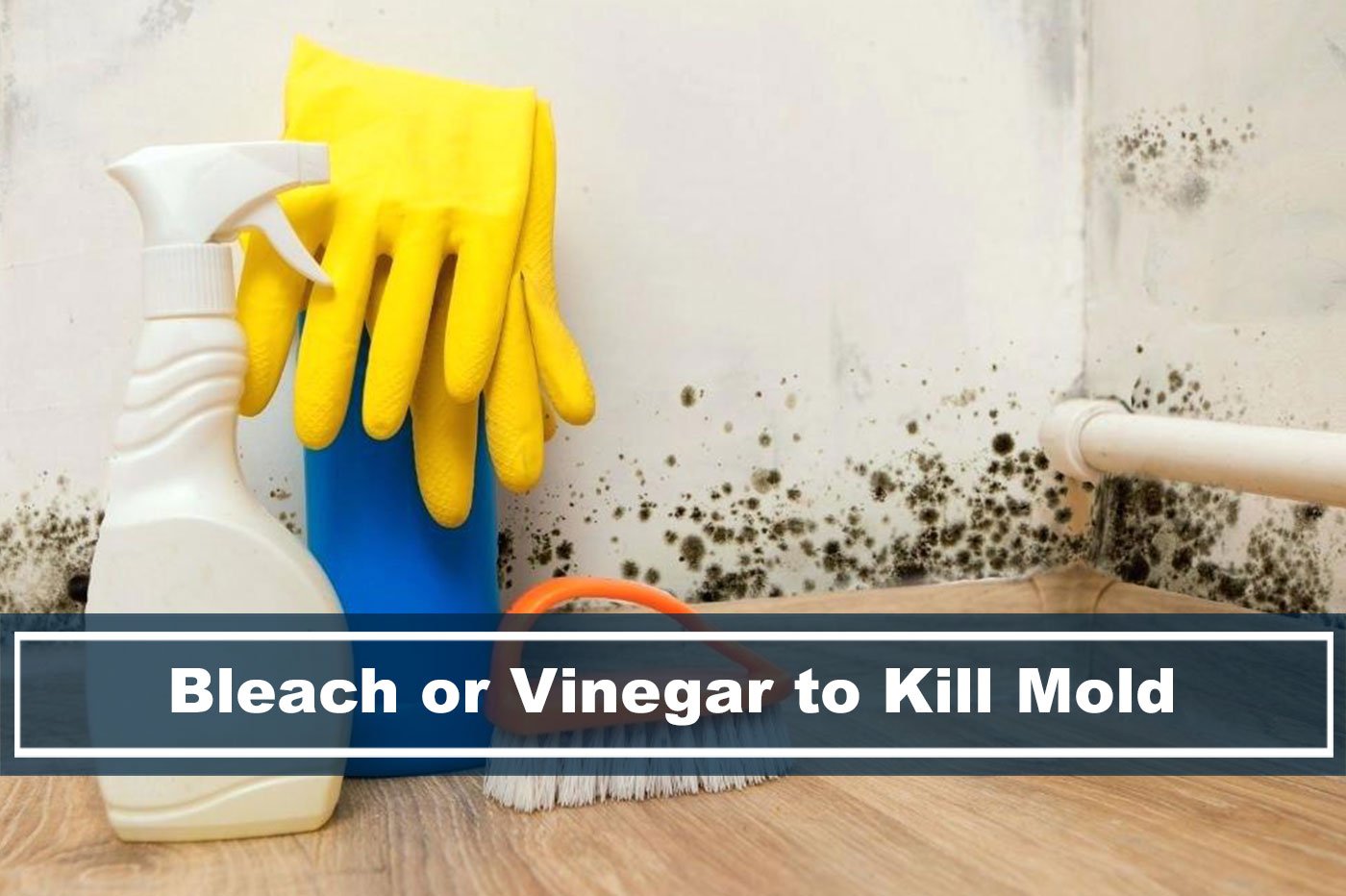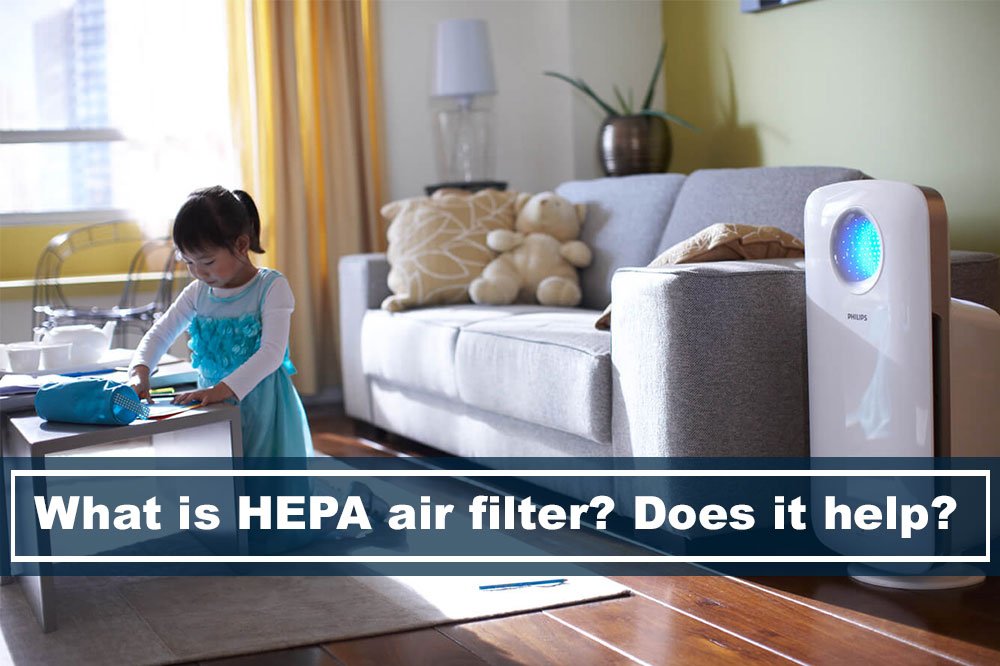
After a day of work, you’d want to come home to a fresh environment, free from any air borne particles. However, this is never the case.
Not to scare you or anything, but no matter how clean your house is, you can’t get rid of the air completely of allergens or air borne irritants.
However, if having an air purifier unit in your house is better than not having one. In this article, we’ll go over some of the basics of a HEPA air filter and how it might help with your allergies.
How HEPA Air Filtration Work
The acronym HEPA stands for high-efficient particulate air. A “HEPA” air filter is a type of mechanical air filter that sucks in the air from its environment and forces it through a fine mesh (which is the filter) that traps the harmful air particles.

The image above shows an air purifier that uses three different types of filters: pre-filter, deodorization filter, and the HEPA filter. Not all air purifiers are the same, but it is pretty similar, and hopefully you’ll get the idea of how these HEPA filters and air filtration units work.
Some of the air borne particles that it traps is pollen, pet dander, dust mites, tobacco smoke, and many more.

This is an example of some of the small particles floating in the air that the Honeywell HPA300 can trap.
But depending on the different air purifiers, you’ll get different results. Some air purifiers will only remove odor and tobacco smoke, or some will remove allergens. Now a days with advancements in technology, you’ll be able to find air purifiers that will have different mode settings that can remove everything from odor to air borne viruses.
We have reviewed some of the best HEPA air purifiers on the market, and hopefully it’ll help you choose the ones that’ll work best for you.
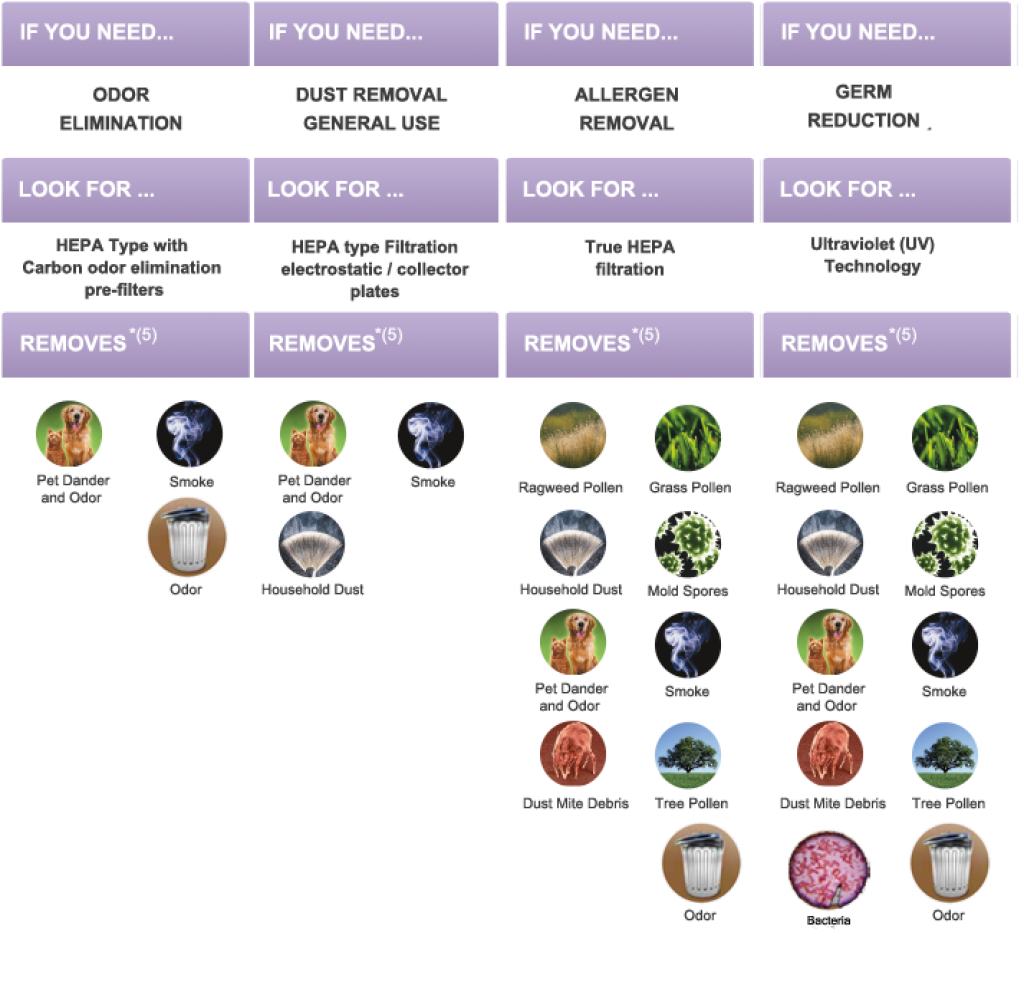
Hopefully this image can help you determine the type of air purifier you’ll need to help reduce your severe allergies.
- If you need odor elimination, look for HEPA type with carbon odor elimination pre-filters. It’ll remove pet dander, odor, and smoke.
- If you need dust removal or general use, look for HEPA type filtration electrostatic / collector plates. It’ll remove pet dander, odor, smoke, and household dust.
- If you need allergen removal, look for true HEPA filtration. It removes ragweed pollen, grass pollen, household dust, mold spores, pet dander, odor, smoke, dust mite debris, tree pollen.
- If you need germ reduction, look for ultraviolet (UV) technology. It’ll remove everything the true HEPA filtration will remove, plus any common household bacteria in the air.
What other strategies can I do to remove irritating particles?
Adding a HEPA filtration to your home isn’t the only sole strategy into removing your allergies. This should only be part of a plan to remove them nasty particles from your home. Other parts of the strategy you should include is:
- Change bedding frequently and wash your sheets with hot water.
- Use high-efficiency furnace filters.
- Vacuum frequently (this should be a given).
- Replace carpets with wood, tile, or vinyl flooring (this might be more difficult for some, but read on).
- Replace draperies and curtains with roll up shades.
If you’re able to do most of these basic chores around the house, then you’ll be in good shape to having a clean environment.
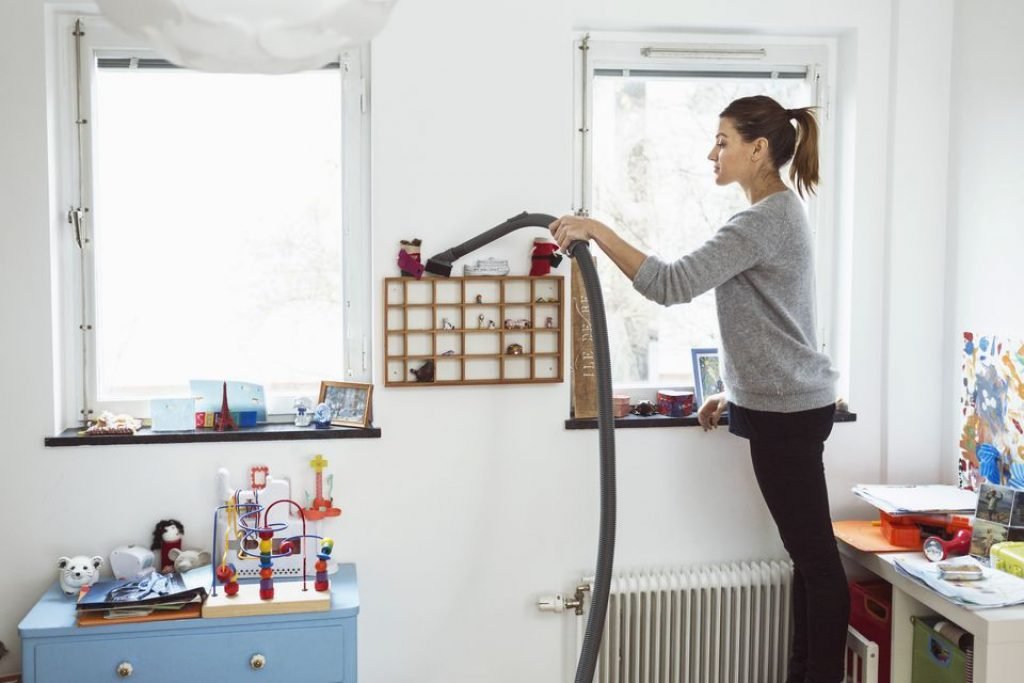
Size does matter!
When deciding to find an air purifier, make sure you’re looking into one that’ll fit your room size. You shouldn’t purchase a small unit for a big room.
The HEPA purifier units all specify how much square footage the filtration machines can handle. However, this can sometimes be useless information. Because, what if you have a high ceiling? The typical ceiling height used to be 8 feet, but a lot of newer homes can range from 9 feet to 12 feet, or potentially higher.
In order to understand the size of your air purifier, you should first be able to calculate what the air is in the room. In case you forgot, the volume is calculated by multiplying:
Length of room x width of room x ceiling height
You should be able to get a closer look into the technical specifications. Most of the HEPA filters will specify how much air the motor can move. This information is usually express as a number and then CFM (or cubic feet per minute).
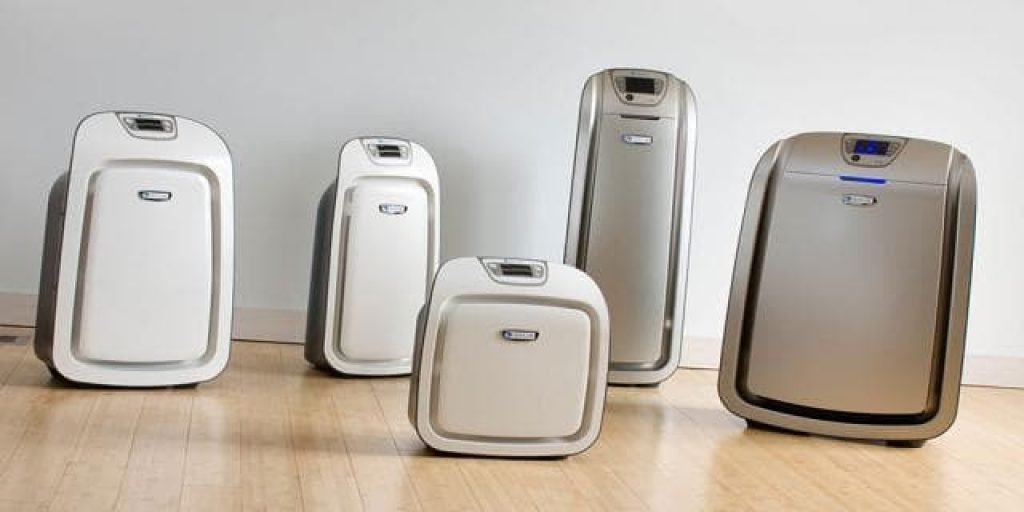
Other things to consider
When looking for a HEPA filtration unit, you may want to consider some additional things:
- Technology and Features – What kind of technology and features does the unit have? Some units has an app where you can remotely control your air purifier even when you’re not at home.
- Filters – Some air purifiers have expensive filters where you’ll have to constantly replace throughout the year.
- Warranty – If there’s anything wrong with the unit, you should be able to get a replacement part or perhaps the entire unit.
- Price – There are really expensive air purifiers, but how much of a difference will it make?
- Design – Are you more design conscience and would want an air purifier unit that’ll blend with your home decor?
Conclusion
If you’re having allergy issues, we suggest picking up a unit. Most retailers will have awesome return policy, meaning you’ll be able to try out the units to see if it’ll help with your issues.
Most of the time, you’ll feel the results in a week of using an air purifier. We believe that you won’t go wrong with any of our air purifiers we have reviewed on this site.

